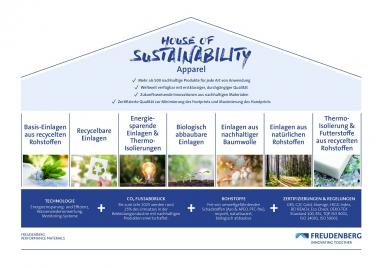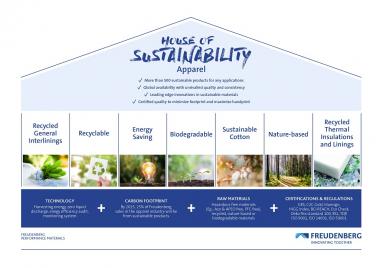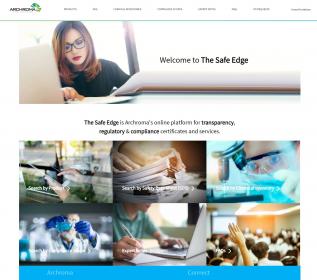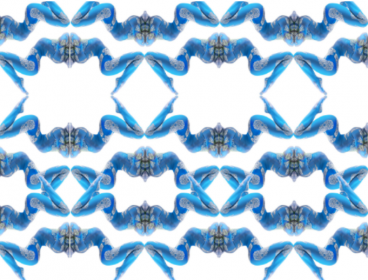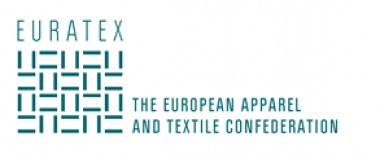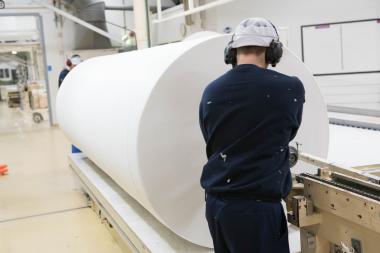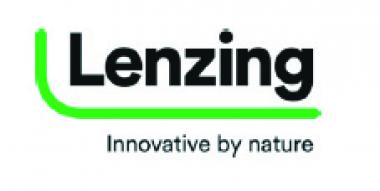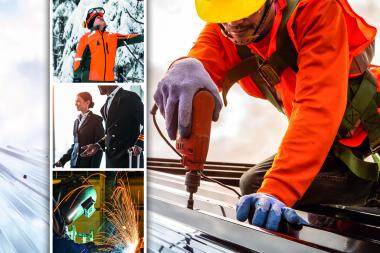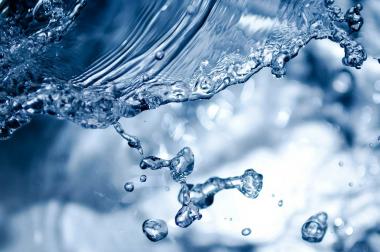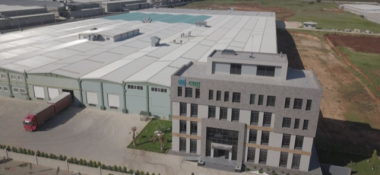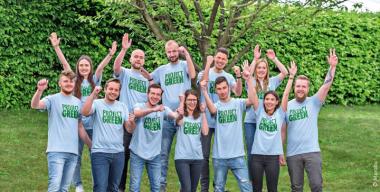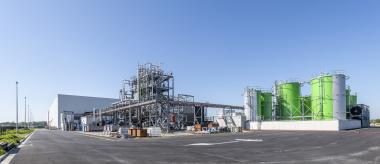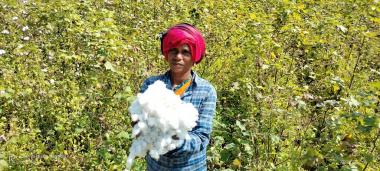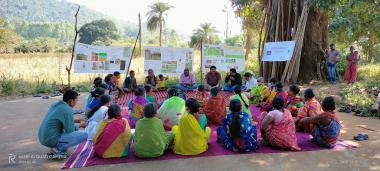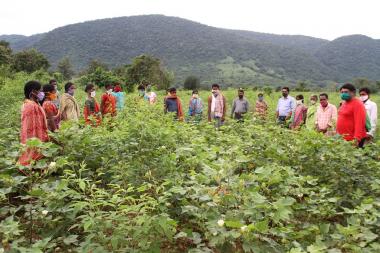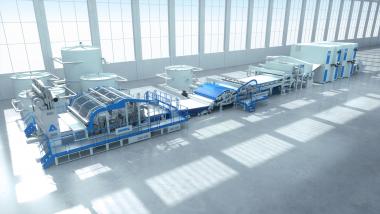EPTA highlights opportunities for pultruded composites in energy-efficient building
Buildings are responsible for approximately 40% of all energy consumption and 36% of CO2 emissions in the EU. Improving energy efficiency in buildings therefore has a key role to play in achieving the ambitious goal of carbon neutrality by 2050 set out in the European Green Deal. A new briefing from the European Pultrusion Technology Association (EPTA) discusses how composite materials can help improve the thermal performance of the building envelope to satisfy increasingly stringent energy efficiency regulations. The EPTA report, Opportunities for pultruded composites in energy-efficient buildings, explains how pultruded profiles offer durable, low maintenance solutions which can help reduce both operational and embodied carbon emissions from buildings in applications including energy-saving windows, thermal break connectors, and solar shading and cladding systems.
“Economic and population growth mean energy demand is set to rise, making energy efficiency measures even more critical,“ comments Dr Elmar Witten, Secretary of EPTA. “Regulations and standards will continue to push for lower U-values for building elements, driving the increase use of materials and designs which minimise operational carbon emissions. Pultruded profiles offer an attractive combination of properties for designers of energy-efficient buildings – low thermal conductivity to minimise thermal bridging, together with excellent mechanical performance, durability, and design freedom.“
It is estimated that today, roughly 75% of the EU building stock is energy inefficient, meaning that a large part of the energy used goes to waste. This energy loss can be minimised by improving existing buildings and striving for smart solutions and energy efficient materials for new builds. Areas of focus include improving glazing systems, better insulation of envelope components, and reducing unwanted solar heat gains. The low thermal conductivity of composites is being exploited in components and structures that help to minimise energy required for space conditioning.
- Energy-saving windows and doors
- Thermal break connectors and structural assemblies
- Solar shading systems
- Rainscreen cladding and curtain wall facades
- Building a sustainable future
European Pultrusion Technology Association EPTA building materials Energy-saving thermal insulation CO2-Emissionen AVK - Industrievereinigung Verstärkte Kunststoffe e. V.
AVK - Industrievereinigung Verstärkte Kunststoffe e. V.





